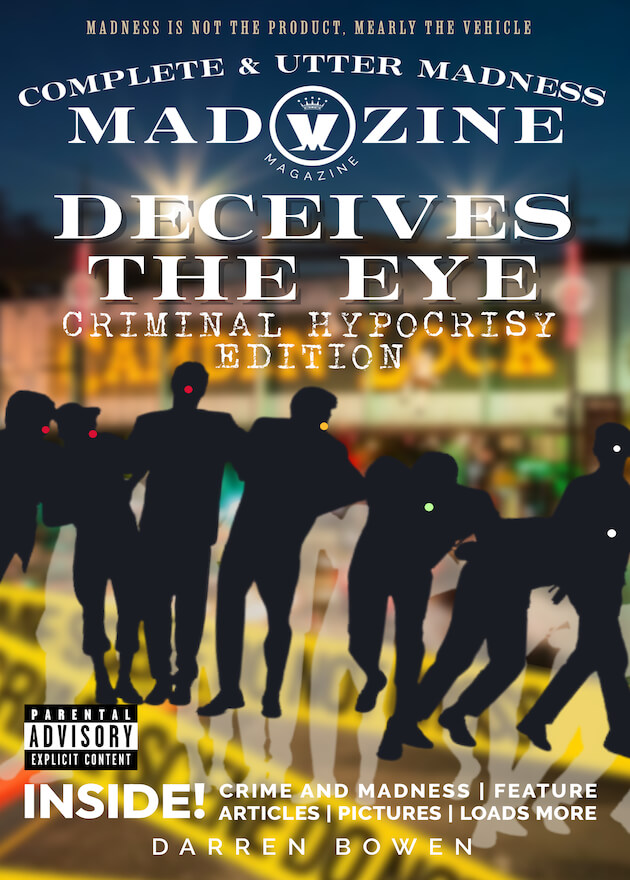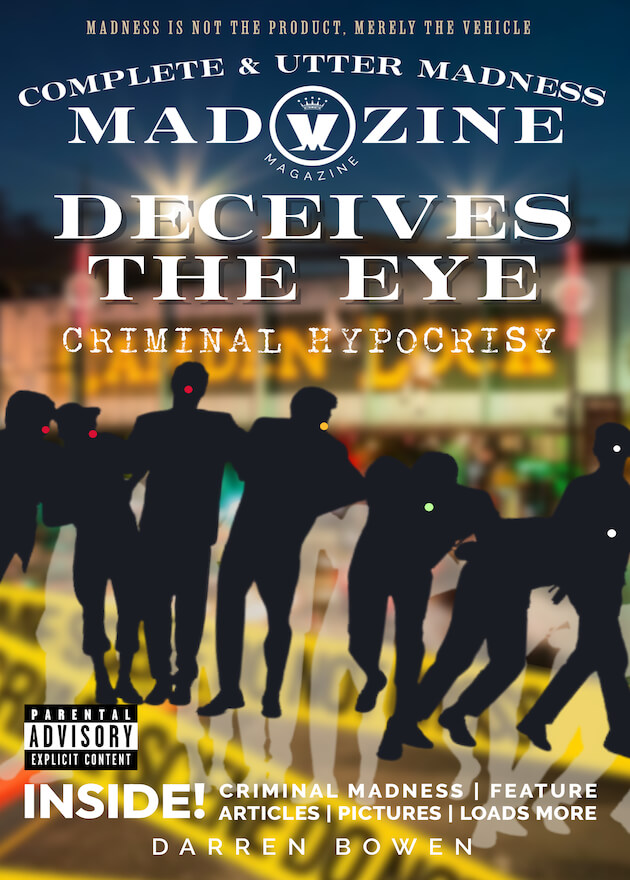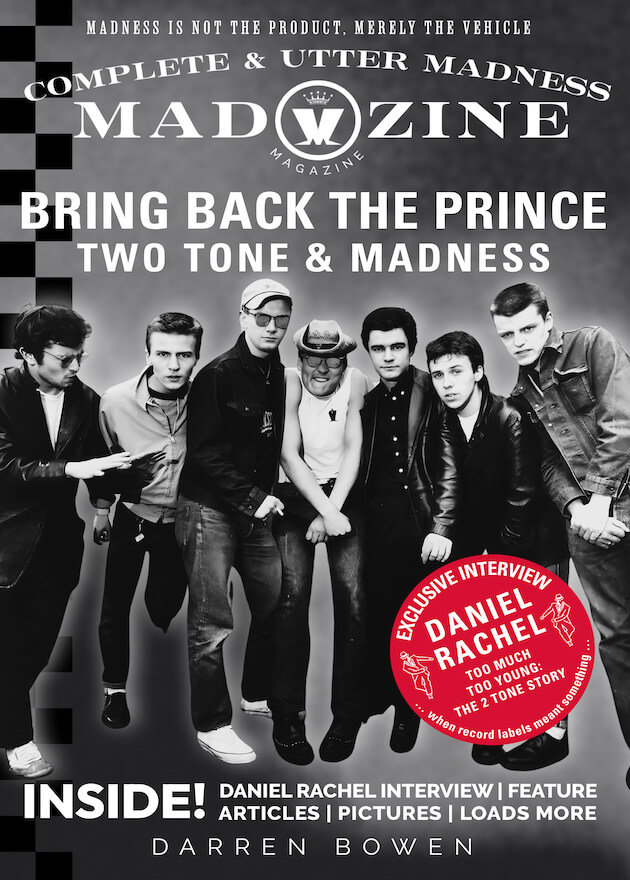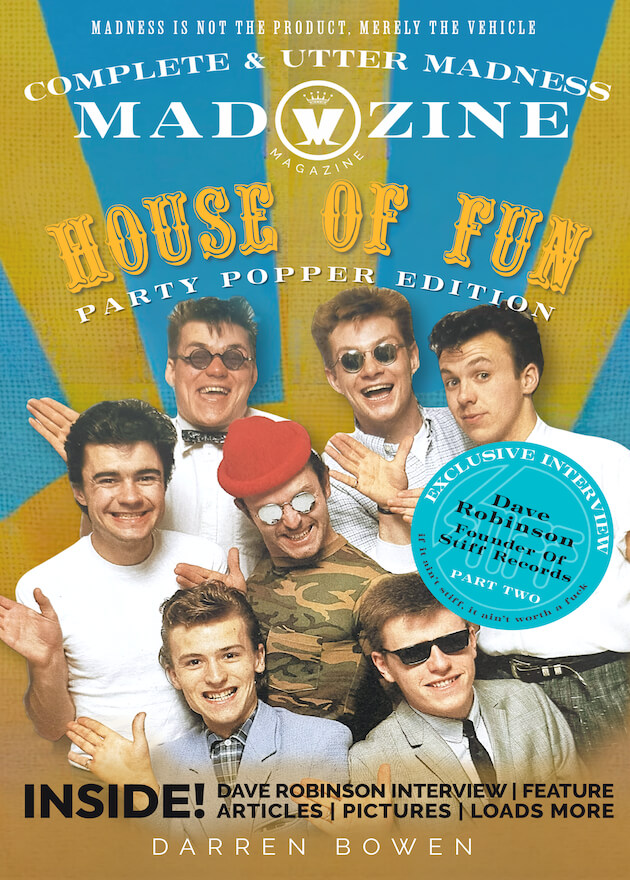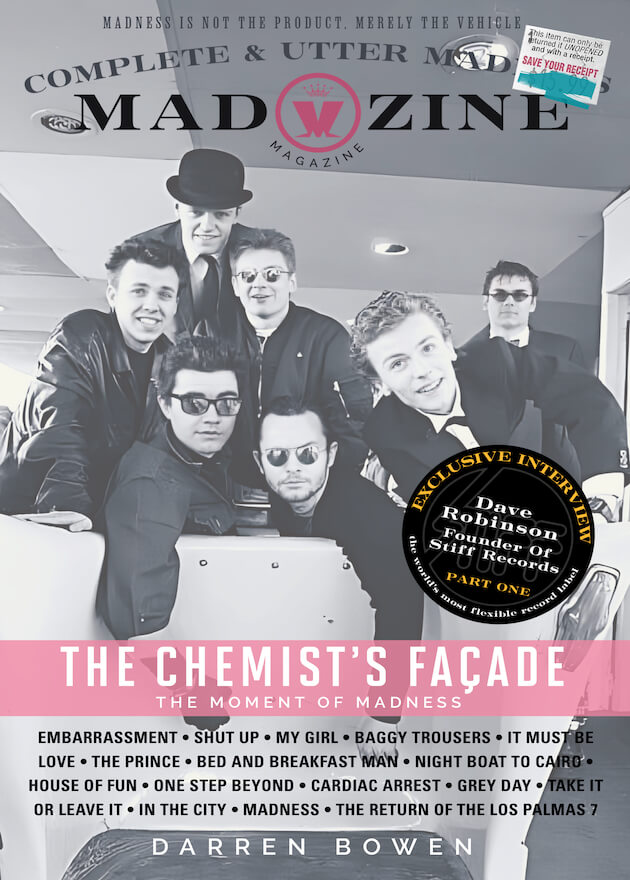RIP: Jeff Baynes: Visionary Filmmaker And Photographer Of The Madness Universe
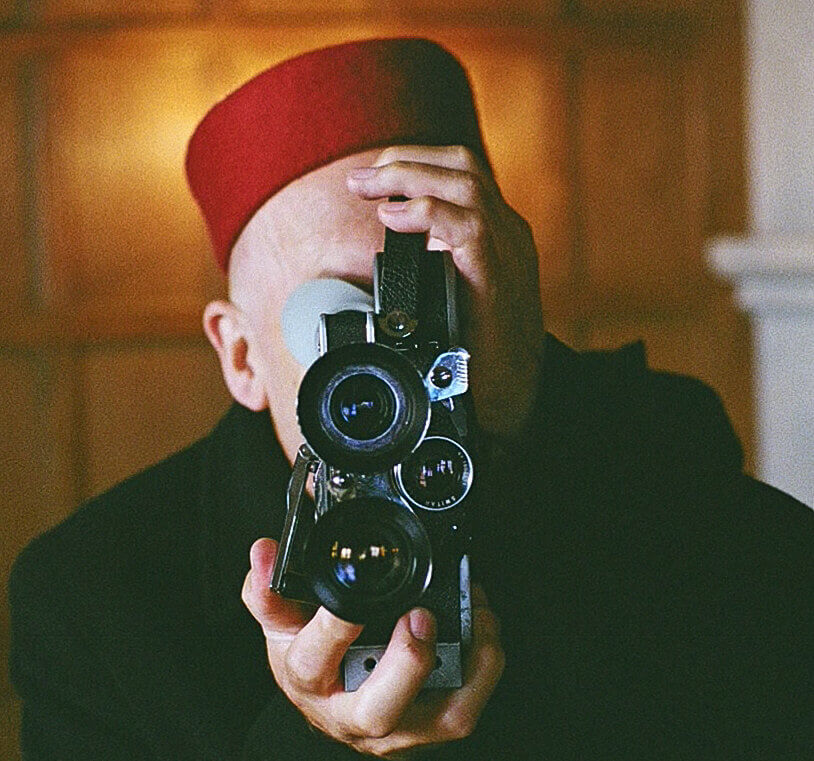
JEFF BAYNES: VISIONARY FILMMAKER AND PHOTOGRAPHER OF THE MADNESS UNIVERSE
It is with great sadness that we mark the passing of another creative spirit from the world of Madness. Jeff Baynes, a visionary photographer and filmmaker, was an integral part of capturing the energy, humor, and unique character of the band, leaving behind a visual legacy that will endure for years to come.
Jeff’s journey into visual storytelling was as unconventional as it was inspiring. Leaving school at 16 with few formal qualifications, he first worked at the Leicester Rates Department before discovering his passion for photography. Purchasing his first stills camera, he set himself on a path that would define his life’s work. A move to the Leicester Permanent Building Society provided new opportunities, but it was a pivotal summer in 1968—documenting UNESCO work camps across the UK—that cemented his determination to pursue photography professionally.
His drive led him to a trainee role at the University of Leicester’s photographic department, where he studied and earned an OMD and HND in photography. These achievements opened the door to the prestigious London Film School, where he embarked on a two-year course in film starting in September 1972.
Jeff’s eye for detail, ability to capture raw energy, and passion for storytelling made him a perfect match for the Madness universe. His work helped shape the visual identity of the band, bringing their music, personality, and signature chaos to life through his lens. Whether through striking photographs or evocative films, Jeff played a crucial role in documenting the spirit of Madness, ensuring that their story was told with authenticity and flair.
His legacy is one of perseverance, talent, and an unrelenting love for capturing the world as he saw it. From a young photographer finding his way to a respected filmmaker immersed in one of Britain’s most beloved musical movements, Jeff Baynes’ work will continue to be celebrated and remembered with admiration.
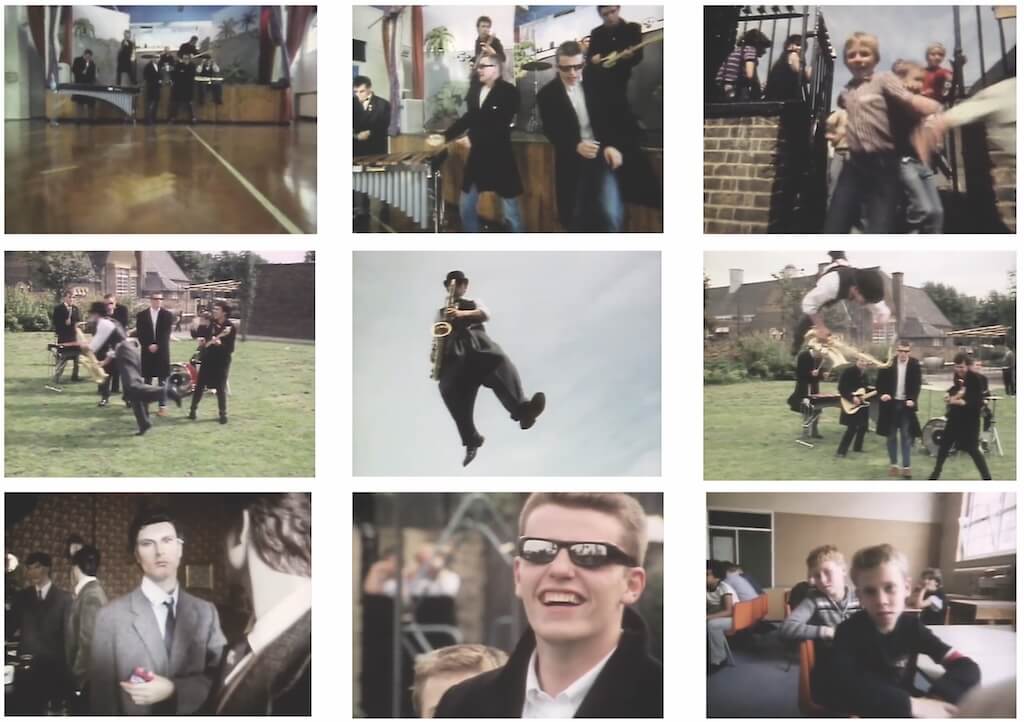
Baggy Trousers – Madness (1980)
• Directed by Dave Robinson
In 1980, Jeff worked as a cameraman on the now-legendary Baggy Trousers video. At the time, Jeff was establishing himself as both a cameraman and director, working closely with Stiff Records, where his friend Phil McDonald had connections. Dave Robinson, who co-founded Stiff with Jake Riviera, had recently signed Madness and decided to direct their videos.
The video was filmed at a school on Islip Street, Kentish Town, capturing the song’s playful spirit. Jeff’s handheld camera work with a wide-angle lens injected energy into the school performance scenes. The most famous moment—Lee Thompson’s mid-air flight while playing the saxophone—was inspired by theatrical performers like Peter Gabriel and Alex Harvey. Thompson convinced Robinson to hire Kirby wire artists to execute the stunt. It was a grey day, and the video was shot on 16mm film, but to their delight, the wires were barely visible in the final footage.
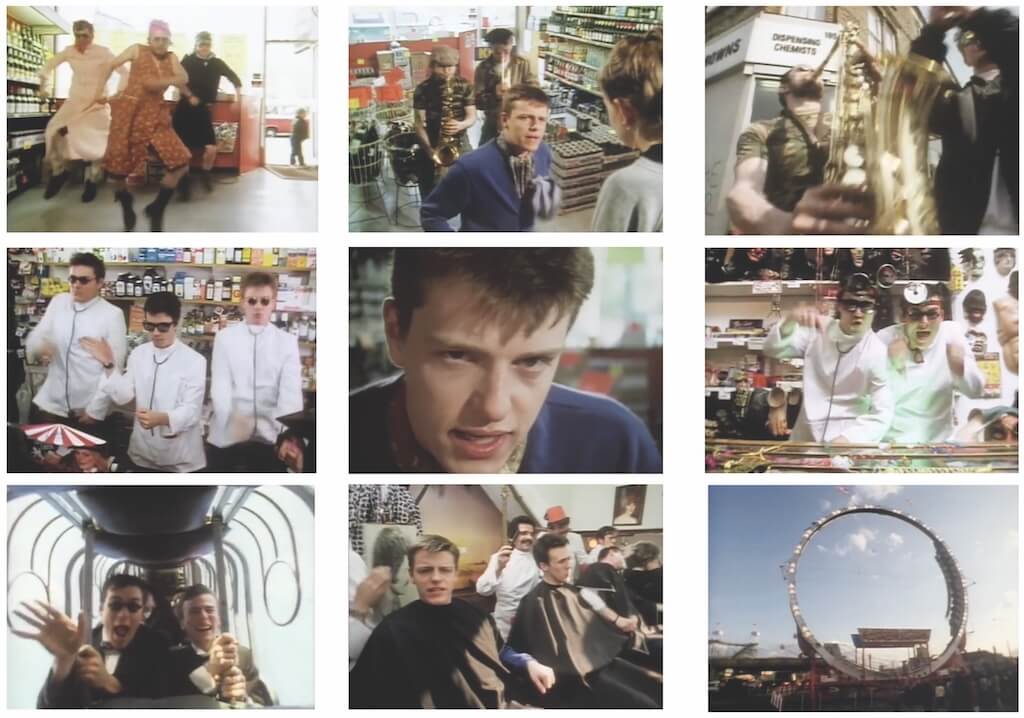
House of Fun – Madness (1982)
• Directed by Dave Robinson
Jeff’s next collaboration with Madness came in 1982 when he was asked to film a sequence for House of Fun. Like many large bands, coordinating members on set was a challenge—bandmates would often arrive at different times, only to disappear to the pub while waiting for the others.
Jeff was responsible for filming the sequence set in a chemist shop, where Lee, Mike, and Chas, dressed as women, performed a synchronized dance. In a particularly memorable moment, Suggs approached the counter to sing the verse about trying to buy condoms. Photographer Clare Muller played the chemist, and because she was shorter than Suggs, they had to stand her on a box so he could look up at her.
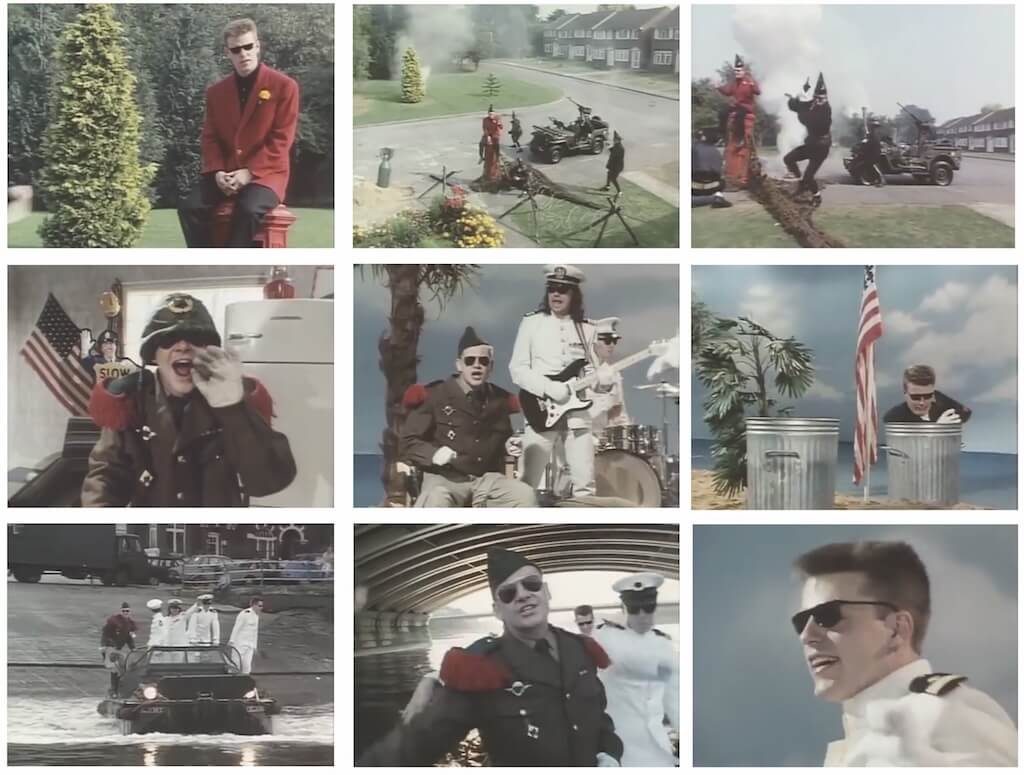
Uncle Sam – Madness (1985)
• Directed by John Mills
• Photographed by Jeff Baynes
In 1985, Jeff was behind the camera once again for Madness’ Uncle Sam, a video that fully embraced the band’s high-energy lunacy. Directed by longtime collaborator John Mills, the video blended suburban Britain with military satire and surreal theatrics.
Filmed in a 1930s house and on location in London, the video parodied American involvement in World War II. It opened with a milk float arriving at a row of terraced houses, before cutting to a toy battleship sailing across a map table, controlled by a figure in a military uniform with a steel helmet and Foreign Legion insignia.
As the music kicked in, Suggs sang from a post box, donning a wizard’s hat, while a suburban garden transformed into a chaotic battlefield—complete with an armed Jeep, a fallen bomb, and barbed wire fences. Troops, also wearing wizard hats, stormed the house and eventually took over, sitting on the sofa with their weapons.
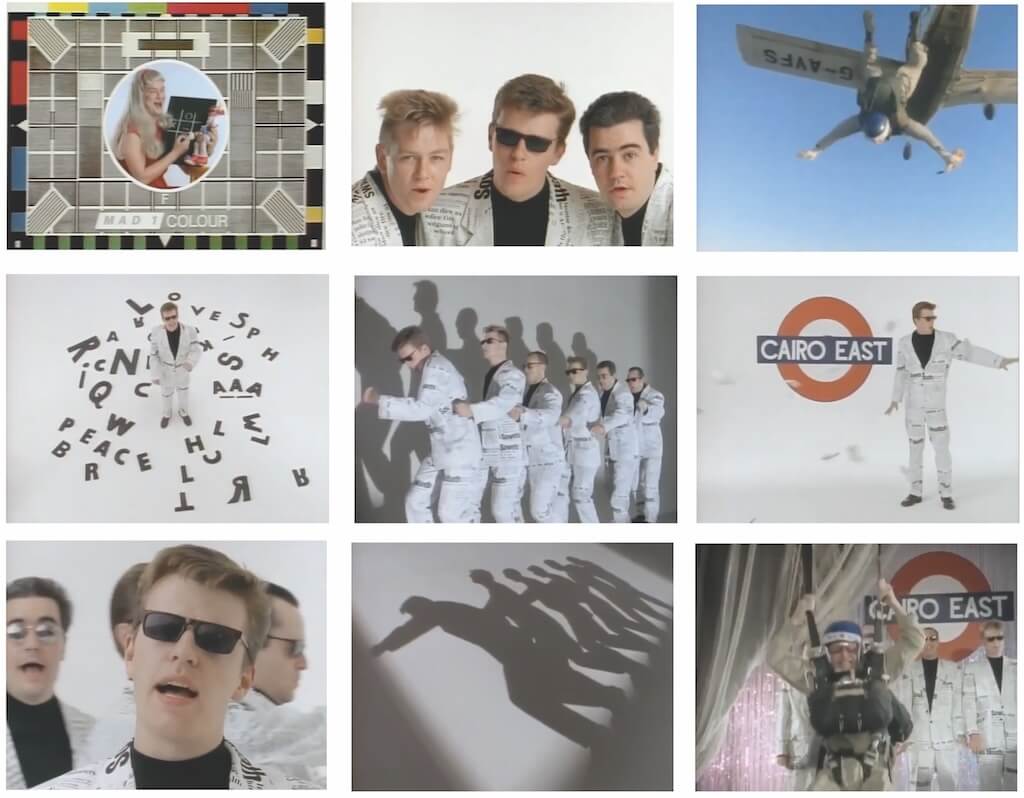
Waiting for the Ghost Train – Madness (1986)
• Directed by Jeff Baynes
Jeff took on directorial duties for Waiting for the Ghost Train, Madness’ final single before their breakup in 1986. The song was written by Suggs about apartheid in South Africa, with the chorus “It’s black and white, don’t try to hide it” and the line “The station master’s writing with a piece of orange chalk / One hundred cancellations, still no one wants to walk”, referencing the South African flag.
Though Madness were about to split, the song spent nine weeks in the UK charts, peaking at number 18. It first appeared on the Utter Madness greatest hits compilation, released a month later. Founding member Mike Barson reunited with the band to record the track but did not appear in the music video.
Jeff’s direction brought a haunting visual style to the video, reflecting the song’s serious themes. It was a fitting farewell to Madness’ first chapter before their eventual reunion in 1992.
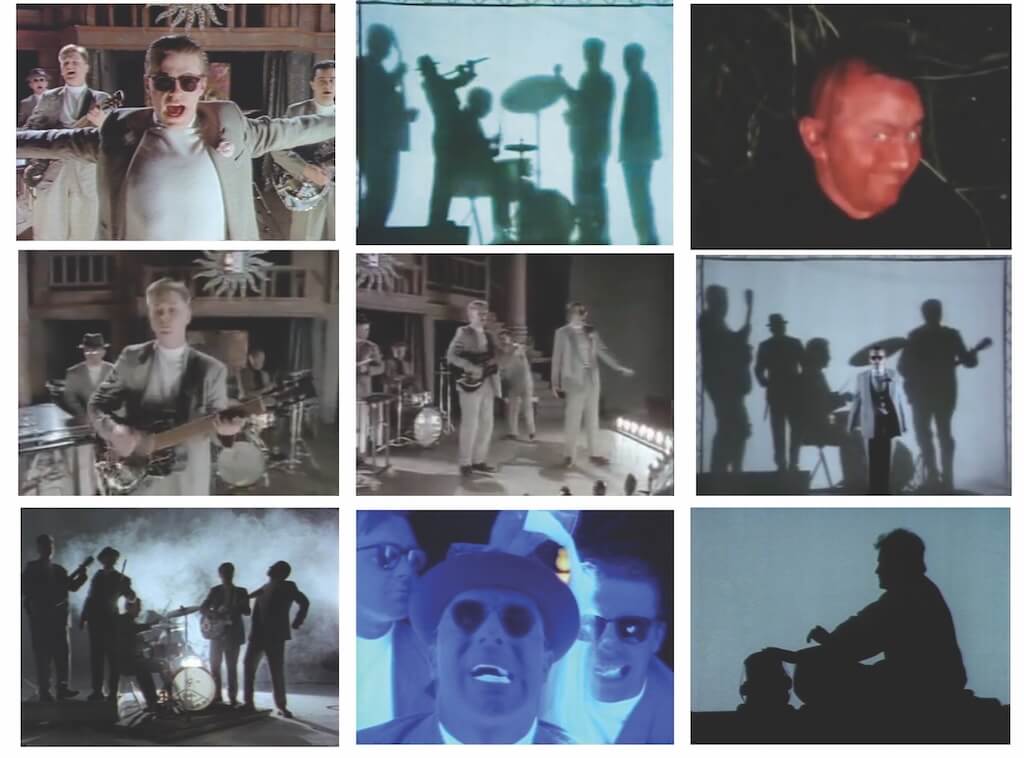
I Pronounce You – Madness (1988)
Two years after Madness split, several members reformed as The Madness, releasing the single I Pronounce You in 1988. A music video was made for the track, featuring a cameo from John Hasler, the band’s ex-drummer and former manager.
Guitarist Chris Foreman later recalled in an interview that the band tried to take a more serious approach to the video, but Lee Thompson’s antics made that impossible. Lee, sporting a Mohican haircut, had his face dyed red for certain shots, bringing a typically surreal Madness touch to an otherwise darkly atmospheric visual.
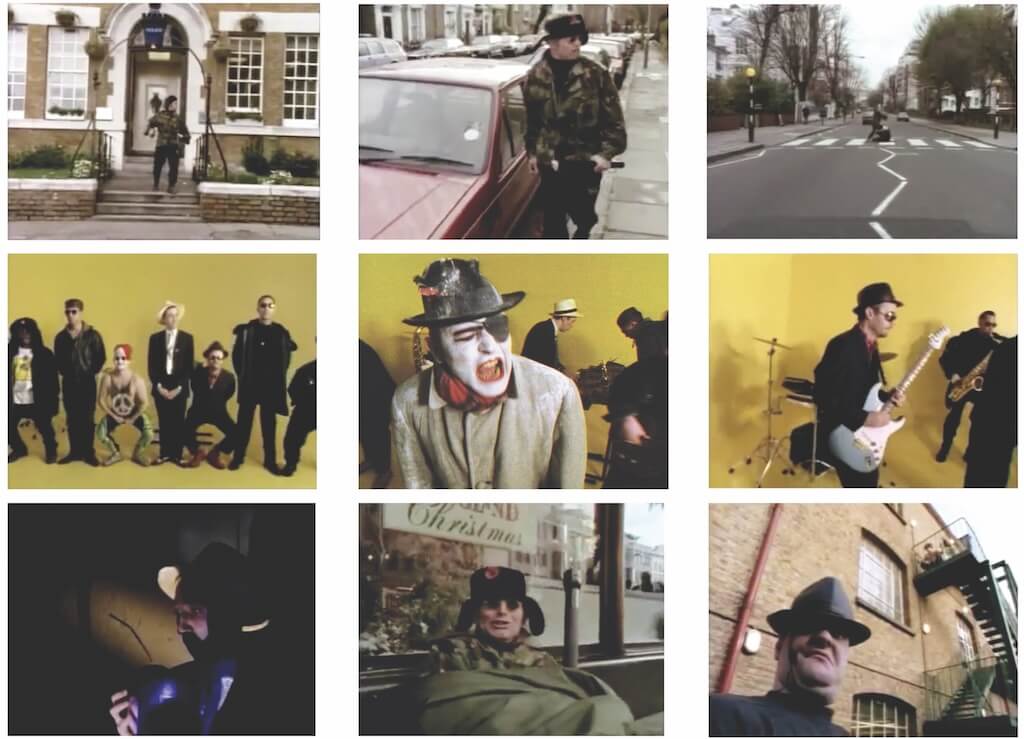
It’s OK I’m a Policeman – Crunch! (1992)
When Madness split up, Lee Thompson and Chris Foreman formed a new band, first called The Nutty Boys, later renamed Crunch!. Around this time, Chris lived just around the corner from Jeff, and one day asked him to make a music video for their song It’s OK I’m a Policeman.
The shoot was as chaotic and spontaneous as the band itself. Jeff and the team painted a bright yellow cyclorama in the studio to create a striking performance backdrop. Meanwhile, Lee Thompson transformed into his alter ego—an undercover policeman—and the exterior shots were completely improvised on the streets of London.
Filming outside Harrods without permission, Jeff and the crew busked it all the way, capturing Lee’s signature anarchic energy in real-time. In a bizarre coincidence, Buster Bloodvessel (of Bad Manners fame) walked past mid-shoot, stopping for a chat before heading into Harrods to buy chocolates for his girlfriend.
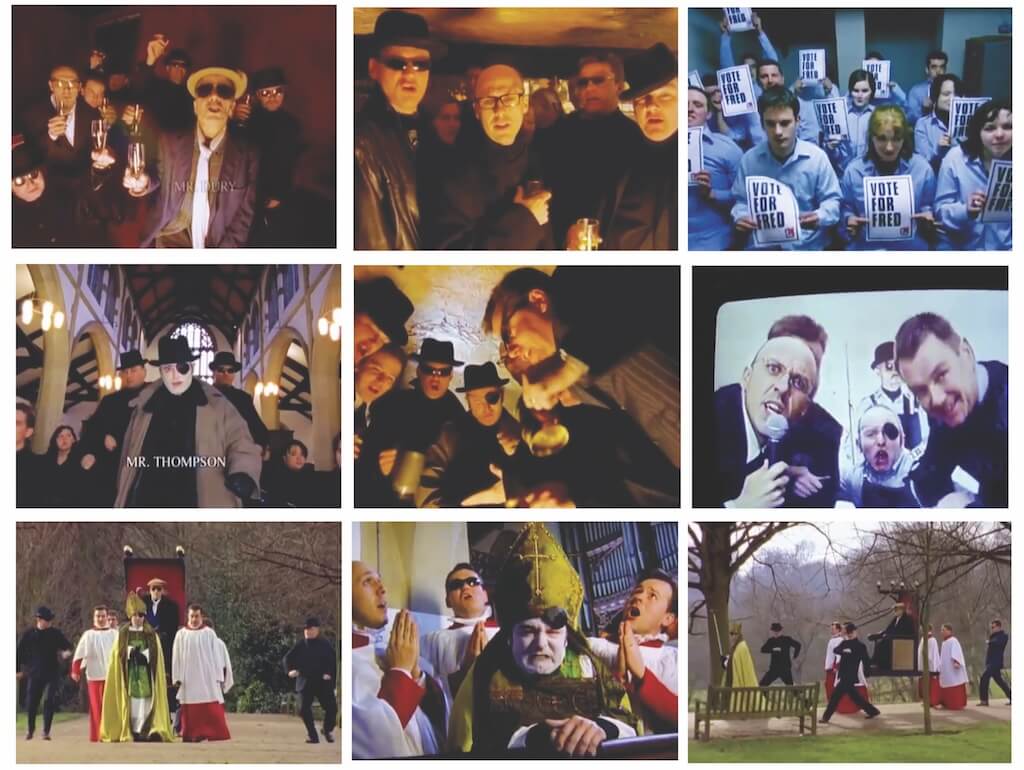
Drip Fed Fred – Madness (2002)
In 2002, Madness approached Jeff to direct the video for Drip Fed Fred, a track featuring Jeff’s all-time hero, Ian Dury.
At the time, Ian was battling cancer but still agreed to appear in the video. The song, written by Lee Thompson, was inspired by classic gangster films, and Lee had many of the ideas for the visuals. One of the most striking sequences was Ian Dury being carried in a sedan chair—a concept Lee arranged. The shoot took place at Kenwood House, one of Ian’s favorite haunts, adding a deeply personal touch to the production.
Jeff’s work on Drip Fed Fred remains one of his most poignant contributions—not only capturing Madness’ trademark theatricality but also paying tribute to one of British music’s greatest lyricists in his final years.
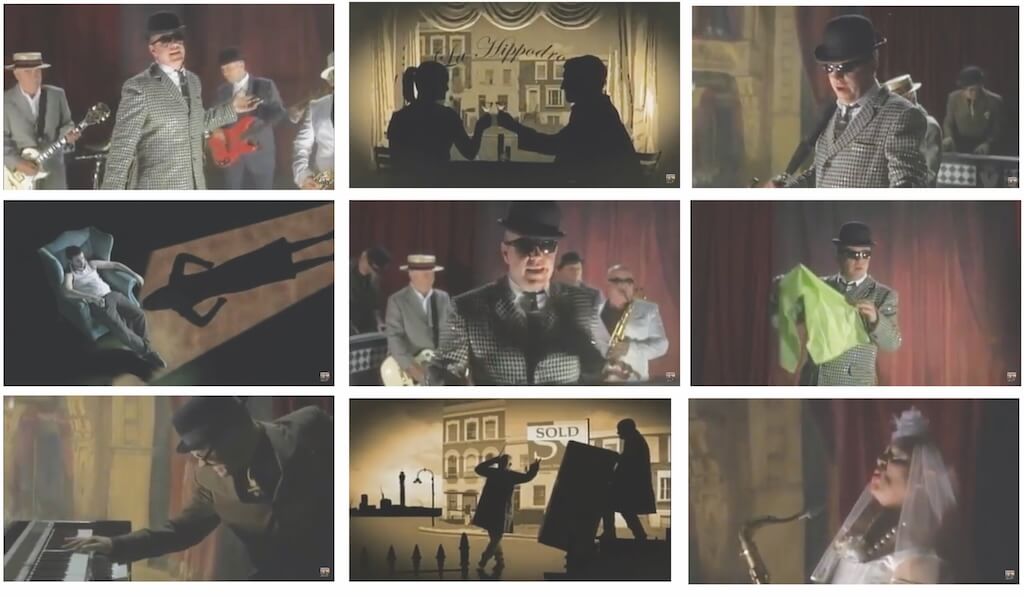
Sugar and Spice – Madness (2008)
In 2008, Jeff filmed the music video for Sugar and Spice, a Mike Barson composition, alongside his longtime collaborator Nick Edwards.
Nick had the creative idea of using theatrical painted backdrops to create a unique, stylized aesthetic. He also designed and created the environments behind the silhouettes, adding a layer of depth and artistry to the production. The video was shot in a single day, combining performance against the theatrical backdrops with vignettes against a green screen.
Nick later digitally compiled the images, blending the hand-painted elements with the performance footage, resulting in a visually striking and distinctive video that perfectly suited the dreamy, nostalgic tone of the song.
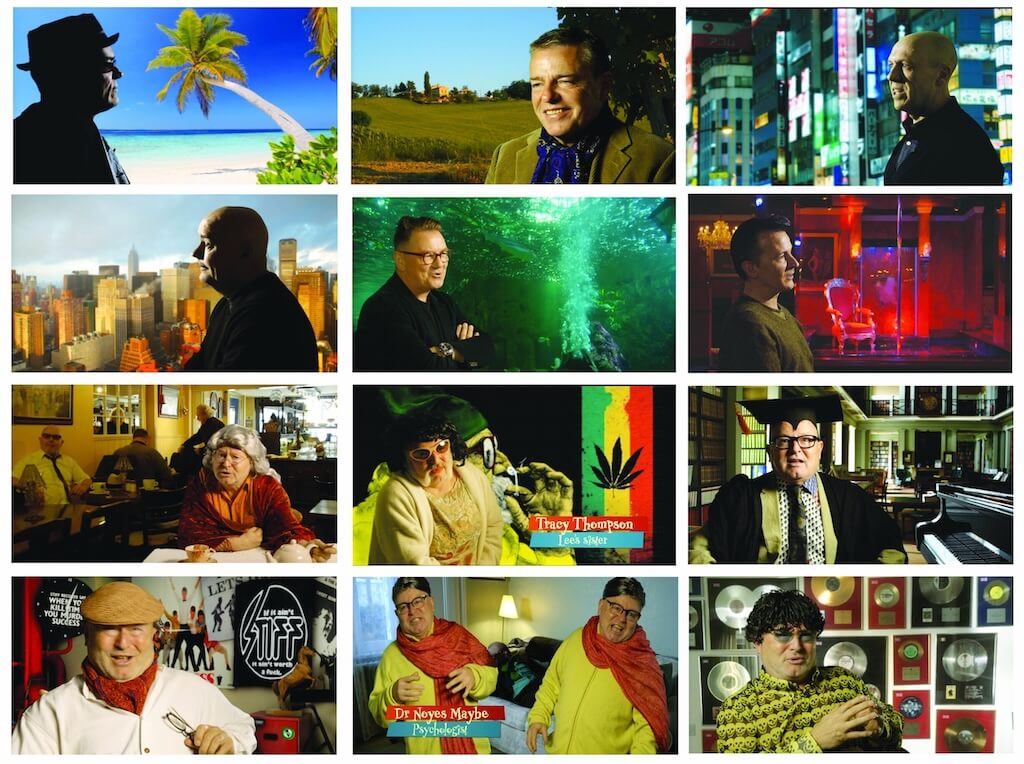
Jeff’s relationship with Lee Thompson was built on shared experiences—both having to carve out their own creative paths after limited formal education. In 2014, he embarked on a passion project—a documentary about Lee Thompson. His inventive approach involved interviewing key figures in Lee’s life and then having Thompson perform their characters using their real voices. Beginning with interviews of Lee’s wife Debbie and his sister Tracy, Jeff expanded the project to include Dave Robinson and musicologist Neil Brand. The film’s structure followed Lee’s evolution as a songwriter, interwoven with Jeff’s past videos and Madness’ extensive catalogue.
Jeff Baynes’ legacy is one of perseverance, creativity, and a deep love for storytelling through film and photography. His contributions to music video history, particularly his work with Madness, remain cherished, and his unique vision and humor will be sorely missed.
He will be remembered not only for his talent but also for his ability to see potential where others might not—a quality that shaped his own journey and those he worked with. His legacy lives on through his work, his collaborations, and the many lives he touched along the way.
A Tribute from Chris Foreman
We first met Jeff when we were filming the Baggy Trousers video.
He did the opening shot across the polished wooden floor of Islip Street school. I clearly remember him running along with his heavy camera practically touching the floor. He was great fun and always had a lot of good ideas. He worked on Take It or Leave It, our feature film, and I learnt a lot from him about lenses, lighting, depth of field, and filmmaking in general. He was a very knowledgeable man with a great sense of humor.
We worked with Jeff quite a lot in the intervening years. He filmed two videos with Lee and myself with our band, CRUNCH!, on a very low budget, but he made a great job of it. He was a lighting cameraman, which I always said saved money because he did both the lights and camera.
He lived near me in Kentish Town, and I’d often see him in the street wearing a beret—he always looked pretty smart. He made a hilarious film with Lee called One Man’s Madness and filmed a lot of the band’s interviews in his house.
Goodbye Jeff, and thanks for all the films you leave behind and for being such a nice guy.
Taken from Madzine (Issue Eight)
RIP: Jeff Baynes: Visionary Filmmaker And Photographer Of The Madness Universe

Author: Madzine Magazine
Featured Madzine Articles
Take Cover! A Record Store Day Rollercoaster for Madness Fans
Record Store Day (RSD) 2025 promised thrills for Madness collectors with the exclusive release of Take Cover!—a translucent red vinyl LP limited to just 2,000 copies. For some, it was a triumphant addition to the shelf. For others, it became a bitter pill wrapped in queuing fatigue, unfair distribution, and the sting of eBay price gouging. Here’s how the day unfolded—complete with excitement, exhaustion, and no small share of Madness.
The Donut That Spies On Fans
Recently, two new 12” vinyl bootlegs, titled “Rare Madness Vol. I” and “Rare Madness Vol. II,” have surfaced on the marketplace. These unofficial releases feature a mix of rare tracks, album cuts, B-sides, and singles from the 1979-1982 period. The bootlegs are being distributed by Nutty Business Italy and are currently available for purchase through Juno Records.
RIP: Andrew “Chalky” Chalk: A Friendship Cherished
Andrew “Chalky” Chalk, lifelong best friend and confidant of Suggs from Madness, was a pivotal figure in Suggs’ life, from childhood mischief to being his best man at his wedding. Known for his wit and loyalty, Chalky passed away on December 21, 2024, at 64, after a battle with terminal cancer. His enduring friendship with Suggs remains a testament to love and camaraderie.

